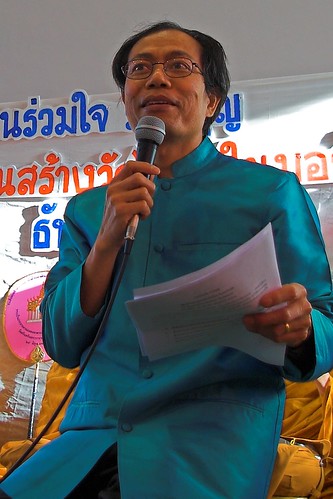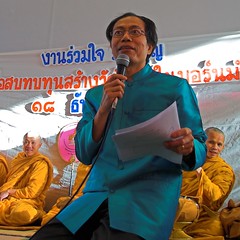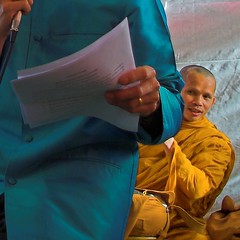
Discovering the story within the story
Some people profess the pure and noble desire to get everything right in camera. Others of a more morally flexible nature don't feel so honour bound to commit themselves to a story carved in stone. People of such an ilk might equally not be so inclined to set themselves the challenge of achieving fifty consecutive press-ups but only one handed, of cooking a cordon bleu meal but without electricity, of generating the sound of clapping but with just the one palm. Granted getting exposure values right at the capture stage is a plus but what about when it comes to factors such as composition and perhaps more particularly, cropping?
There's nothing wrong per se in purist pursuits unless such pursuits inadvertently lead to the suffocation of something that deserves to come forth, and sometimes plain old fashioned fun alone might be sufficient justification for such deservedness.
Such simplistic seemingly antithetical standpoints aside, what camera viewfinder shows 100% of the image area anyway, and who says all stories have to be told within the confines of a 3:2 aspect ratio frame? Film makers have exploited the power of post-production editing as a means for honing story definition or indeed redefining it altogether since the inception of the cinematic form and indeed photographers have done likewise both in the darkroom and on the cutting board.
In honour of such traditions a bit of fun and a great deal of learning might be had in the practice of post capture cropping, and why not push it to the extreme while you're at it? Even if you'd rather maintain your integrity and get everything right in camera (though hopefully the subversion of your photographic value system is imminent!) some experimentation with post capture cropping might well provide you with a better understanding of the same process in camera.
Taking the opening image above as a starting point, how many different 'stories' might be contained within the same frame, how many different and varying connections might be waiting to come to the fore, how much flux might be directed and moulded in a seemingly static image?






3 Comments:
I finally made it back here, hungry for news of the new bebe, and since that hunger was denied, started reading your past posts.
This one is a beauty. As a complete newbie to the world of photography, I find it gratifying to know that my extreme crops have a solid basis in the world of film. Excellent. I thought I was cheating. :)
Hope all is well in the new parenthood chapter. You will sleep again, I promise.
Now ... this presents me with a clue as to how I might promote my ramblings on photography. Everyone loves a baby story. I'll use the little one to draw people in with a coo and an ahh then feed them a somewhat less endearing observation or two on image making. It would make sense after all considering the only thing I have photographed since she was born is ... her!
To this end I am currently training her as a co-respondent in the true sense of the term and she's currently curled up in her car seat next to my workstation. Another nice discovery that - car seats anaesthetise babies, and not just when strapped into cars.
On the subject of post capture cropping, you will encounter people whom say that it is cheating to do so. Step away gently from such people. They are very very strange. Having said that however they are also the type of people that inspire me to write what I write in the hope that others don't feel so browbeaten by their fundamentalist dogmas :-)
"... some experimentation with post capture cropping might well provide you with a better understanding of the same process in camera."
I think that's def the case, it's always a nice suprise to find a shot that doesn't need any cropping.
I'm also using the LCD screen on the back to get a better idea of how the finished image might look or if I should take it again with a slightly different angle :)
Post a Comment
<< Home